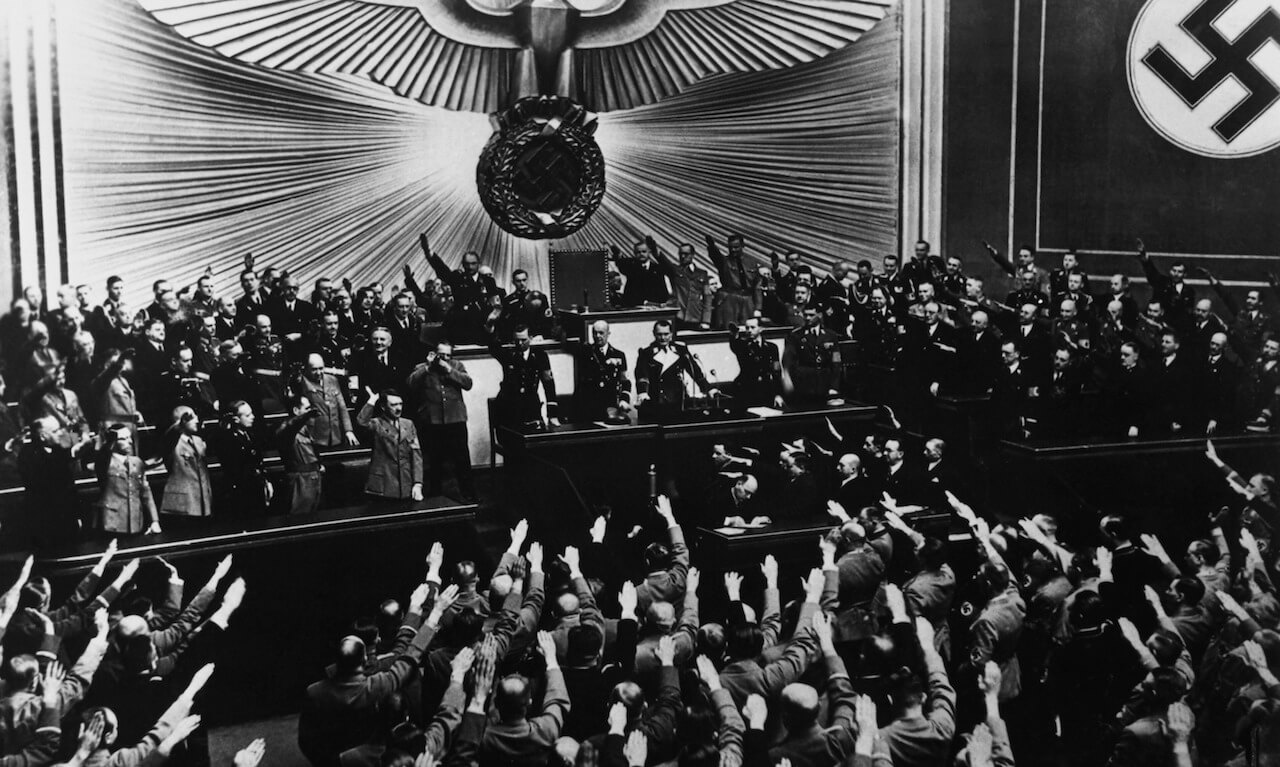Culture and belonging aren’t all or nothing. Learn about the concrete benefits of identifying with two or more cultures.


Culture and belonging aren’t all or nothing. Learn about the concrete benefits of identifying with two or more cultures.

There’s no question that Edgar Allan Poe has made a lasting impression on American popular culture. This article uses the release of a movie about a dangerous obsession with Poe to take a look back at the author’s pop culture legacy.

Does it seem as if there is never enough time to get all your work done? Everyone has the same number of hours a week, but these teens manage their time well. Read their strategies for fitting in time for work and play.

The Renaissance Italian writer Niccolò Machiavelli explored ideas about power in his still-controversial book The Prince. His work not only influenced political leaders, though; it also influenced the work of William Shakespeare a century later.

Once upon a time, fairy tales weren’t for children. They weren’t even written down. Read this history to learn how much fairy tales—even the ones with which we’re most familiar—have changed over time. Be sure to follow the links to older versions of the tales, and find out for yourself!

Read this article to learn about a number of charitable organizations that are building “tiny homes” to help homeless people. Not only are the homes providing shelter, they are also helping to build a sense of community.

The 1948 publication of Shirley Jackson’s short story “The Lottery” in The New Yorker magazine inspired subscribers to send a record number of letters, nearly all of them negative. Why all the fuss? Book critic and author Ruth Franklin considers these responses and Jackson’s own reaction to them.

Both Mohandas Gandhi and Martin Luther King Jr. drew inspiration from the writings of Henry David Thoreau. Read the 19th-century work that lit the fires of both Indian independence and American civil rights.

Winner of the 2002 Pulitzer Prize for Breaking News Reporting, this analysis published on September 12, 2001, discusses how the previous day’s attacks might change day-to-day life in America.

Once upon a time, a seven-year-old girl named Linda Brown walked six blocks to a bus stop and then rode a bus to school, although another school was only seven blocks from her home. Check out this site to learn what happened when she tried to change schools—and succeeded.

Did you ever wonder how money is made? Browse this photo essay and watch the short video to see firsthand what making 25 million dollars a day looks like!

The United States Supreme Court may seem very far removed from your everyday life, but its rulings really do matter to you. Learn about ten decisions that directly affect your school and home life.

As many athletes and fans know, sports can unify people who don’t have much in common otherwise. This article explains how Nelson Mandela used rugby and other sports to help unify the people of South Africa after years of racial segregation.

Reporter Simon Worrrall talks to Florence Williams, author of The Nature Fix: Why Nature Makes Us Happier, Healthier, and More Creative, about the postive effects of spending time in nature.

After leading March for Our Lives protests across the country, student activists make plans for continued engagement on issues they care about.

Taken from his book Tribe of Mentors, author Tim Ferris shares the morning routines of notable people.

Ethics professor Arthur Dobrin argues that we must balance forgiveness with justice.

In PBS’s Origin of Everything web series, host Danielle Bainbridge explains how we came to associate pink as a color for girls and blue as a color for boys.

Tom Sutcliffe, who writes about the arts and media, examines artists’ struggle to make works relating to 9/11.

A critic from The Economist magazine reviews The Republic for Which It Stands, in which author Richard White outlines the politics and economics of the United States following the Civil War.